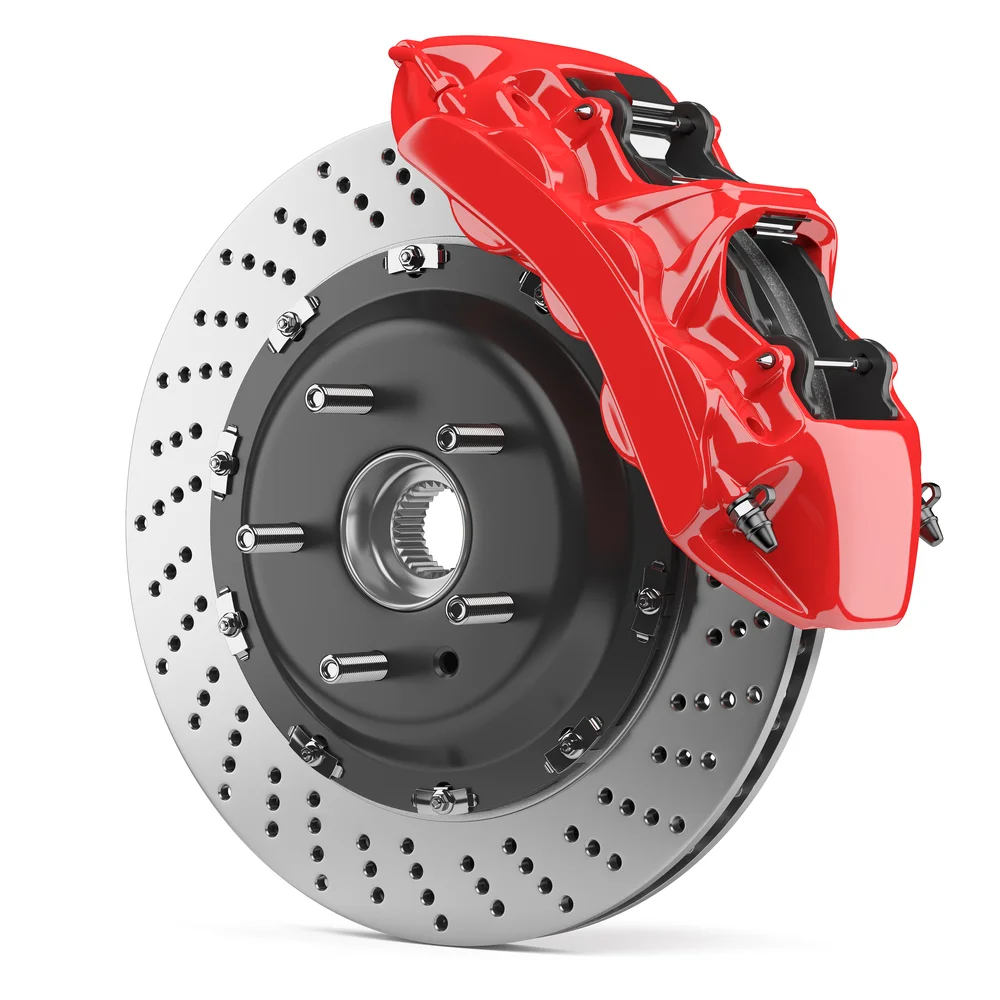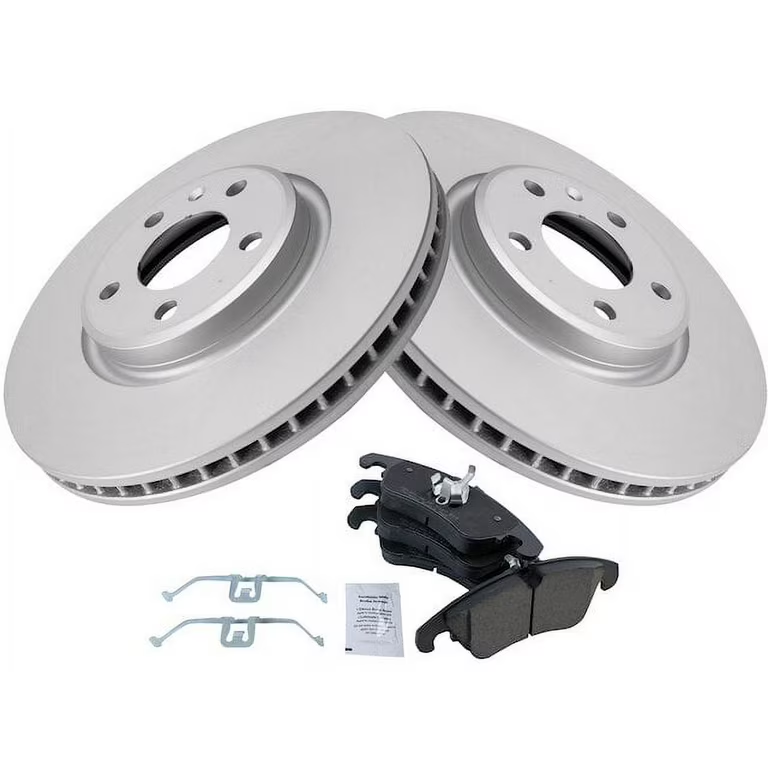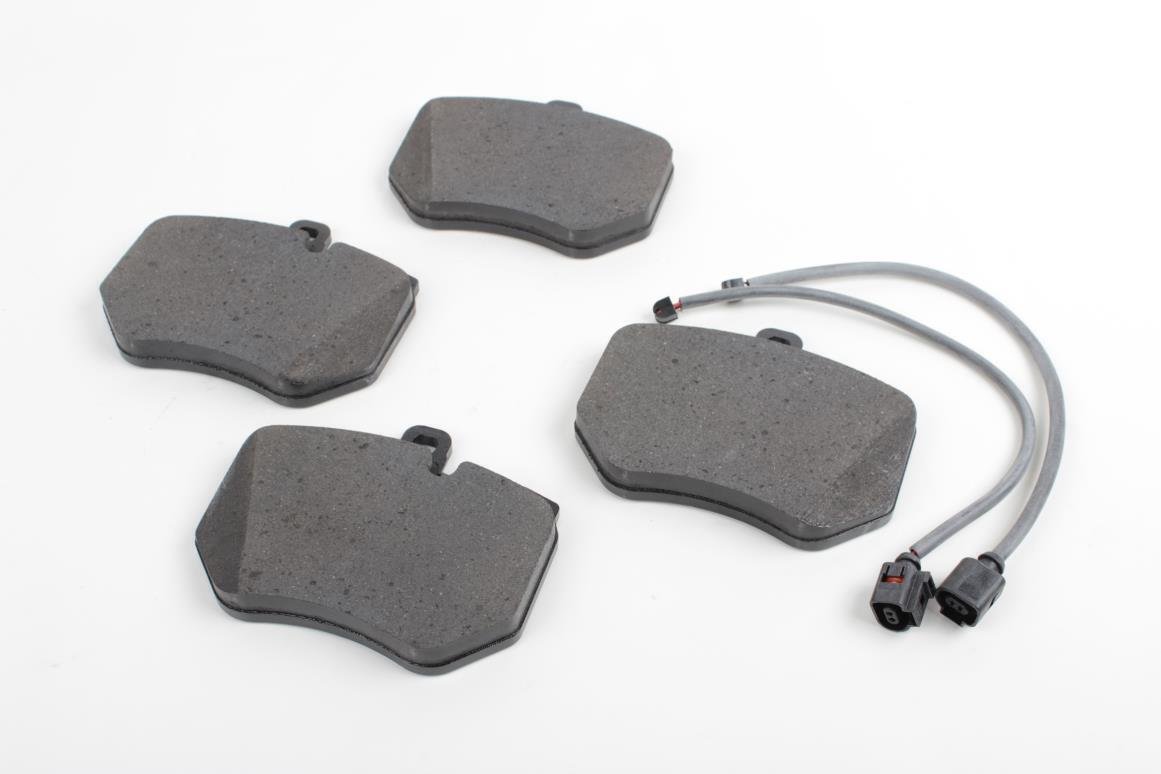Braking System Parts – High-Quality Brake Components
In Stock
Braking System Parts – High-Quality Brake Components When it comes to vehicle safety, the braking system is one of the most critical components to understand and maintain. For both everyday drivers and vehicle enthusiasts, knowing how braking systems work, along with their essential parts, can make a significant difference in ensuring safe travels. In this […]
Braking System Parts – High-Quality Brake Components
When it comes to vehicle safety, the braking system is one of the most critical components to understand and maintain. For both everyday drivers and vehicle enthusiasts, knowing how braking systems work, along with their essential parts, can make a significant difference in ensuring safe travels. In this blog, we’ll explore the main parts of a braking system, highlighting the importance of high-quality brake components.
Table of Contents
- Introduction to Braking Systems
- Key Components of Braking Systems
- Brake Pedal
- Brake Master Cylinder
- Brake Lines and Hoses
- Brake Calipers
- Brake Pads
- Brake Rotors
- Brake Drums
- Types of Braking Systems
- Hydraulic Braking System
- Mechanical Braking System
- Importance of Using High-Quality Brake Components
- Conclusion: Ensuring Safety Through Quality Brake Parts
1. Introduction to Braking Systems
Braking systems are essential for slowing down or stopping a vehicle. They work by creating friction that counteracts the vehicle’s forward motion, allowing it to slow down or come to a complete stop. Over time, every brake component wears out and must be replaced, which is why understanding each part is important for maintenance and safety.
2. Key Components of Braking Systems
Let’s dive into the main components of a braking system and learn how they each contribute to stopping power.
2.1 Brake Pedal
The brake pedal is where everything begins. When a driver steps on the pedal, it sends a signal to the brake system to engage. It acts as the starting point for the entire braking process.
2.2 Brake Master Cylinder
The brake master cylinder converts the pressure applied on the brake pedal into hydraulic pressure. It’s a crucial part because it ensures that the force from your foot is transmitted to the brake calipers. The master cylinder is essentially the heart of the braking system.
2.3 Brake Lines and Hoses
The brake lines and hoses carry the hydraulic fluid from the master cylinder to the brake calipers or wheel cylinders. Made of flexible materials, brake hoses allow for movement while transferring the hydraulic fluid. High-quality brake hoses are critical to prevent leaks and ensure consistent pressure.
2.4 Brake Calipers
In a disc braking system, brake calipers house the brake pads and squeeze them against the brake rotor when you press the brake pedal. They work like a clamp, using hydraulic pressure to create friction that slows the wheel’s rotation.
2.5 Brake Pads
Brake pads are one of the most important parts of any brake system. Made of materials that can handle intense friction, they press against the rotors to generate the necessary stopping power. High-quality brake pads last longer and ensure better performance, reducing the risk of brake failure.
2.6 Brake Rotors
Brake rotors, also called brake discs, are the surfaces that the brake pads press against. Rotors can come in different designs, like solid or vented, to improve performance and cooling. If the rotors are too thin or have cracks, they need to be replaced to avoid reduced braking efficiency.
2.7 Brake Drums
In some vehicles, particularly in rear-wheel applications, brake drums are used instead of rotors. Brake drums work with brake shoes to create friction, slowing down the wheels. Like other components, brake drums should be checked regularly and replaced if worn out.
3. Types of Braking Systems
There are different types of braking systems in vehicles, each designed for specific functions and types of vehicles. Let’s discuss the two most common ones.
3.1 Hydraulic Braking System
Most vehicles use a hydraulic braking system, which relies on fluid pressure to operate. When you press the brake pedal, hydraulic fluid moves through the brake lines and applies pressure to the brake calipers or wheel cylinders, activating the brakes.
3.2 Mechanical Braking System
Mechanical braking systems use mechanical force, such as cables, to apply the brakes. This system is common in emergency or parking brakes. Unlike hydraulic brakes, mechanical brakes do not depend on fluid pressure, making them reliable even when the primary braking system fails.
4. Importance of Using High-Quality Brake Components
Using high-quality brake components is crucial for vehicle safety. Low-quality parts wear out faster, perform poorly, and increase the risk of brake failure. Here are some reasons why investing in quality parts makes a difference:
- Better Performance: High-quality parts improve the overall performance of the braking system. With superior materials and designs, they handle heat and friction better than low-quality alternatives.
- Longer Lifespan: Investing in high-quality brake components means they will last longer. This reduces the frequency of replacements and helps save money over time.
- Safety: Low-quality parts are more likely to fail, putting drivers and passengers at risk. Choosing top-quality parts ensures that the brakes respond quickly and effectively in any situation.
- Cost-Effective: Although high-quality parts may have a higher upfront cost, they are more cost-effective in the long run. Quality components reduce the need for frequent repairs and replacements, making them a smart investment.
5. Conclusion: Ensuring Safety Through Quality Brake Parts
Braking systems are complex, but understanding the essential parts helps maintain vehicle safety and efficiency. From the brake pedal to the rotors, every component plays a vital role. By investing in high-quality parts, drivers can enhance performance, reduce costs, and ensure safer rides for everyone.
In summary, maintaining a vehicle’s braking system with high-quality parts is an investment in safety. Whether you’re a casual driver or a car enthusiast, paying attention to these essential brake components is key to keeping your vehicle in top shape. Remember, a reliable braking system means peace of mind on the road.












There are no reviews yet.